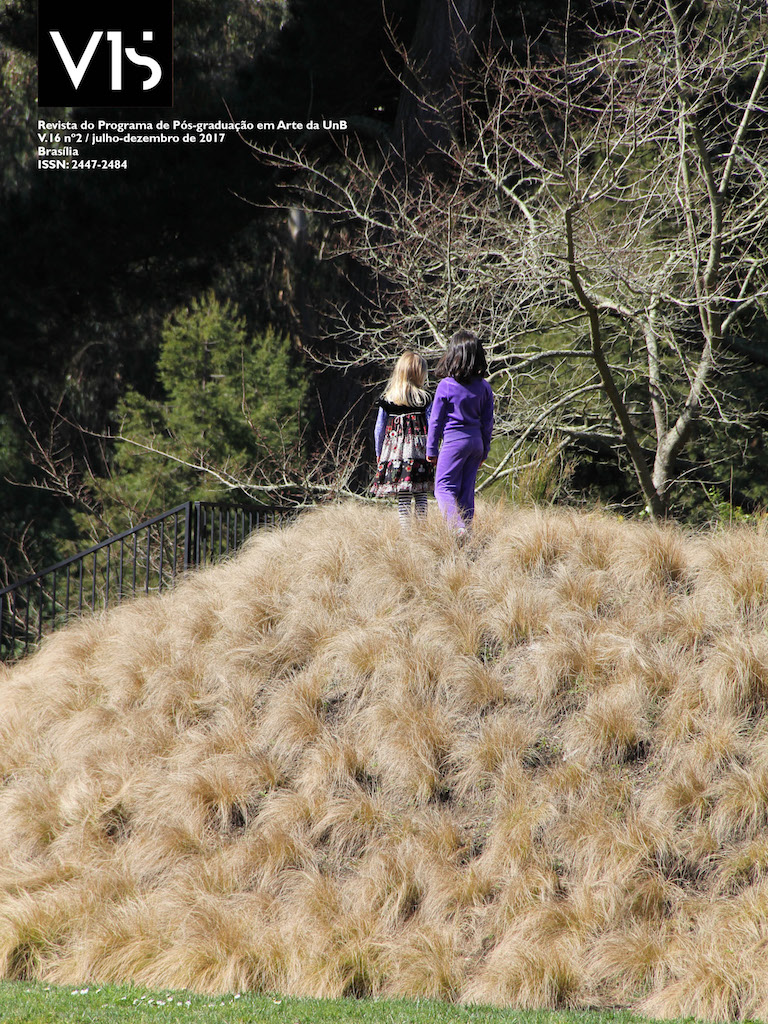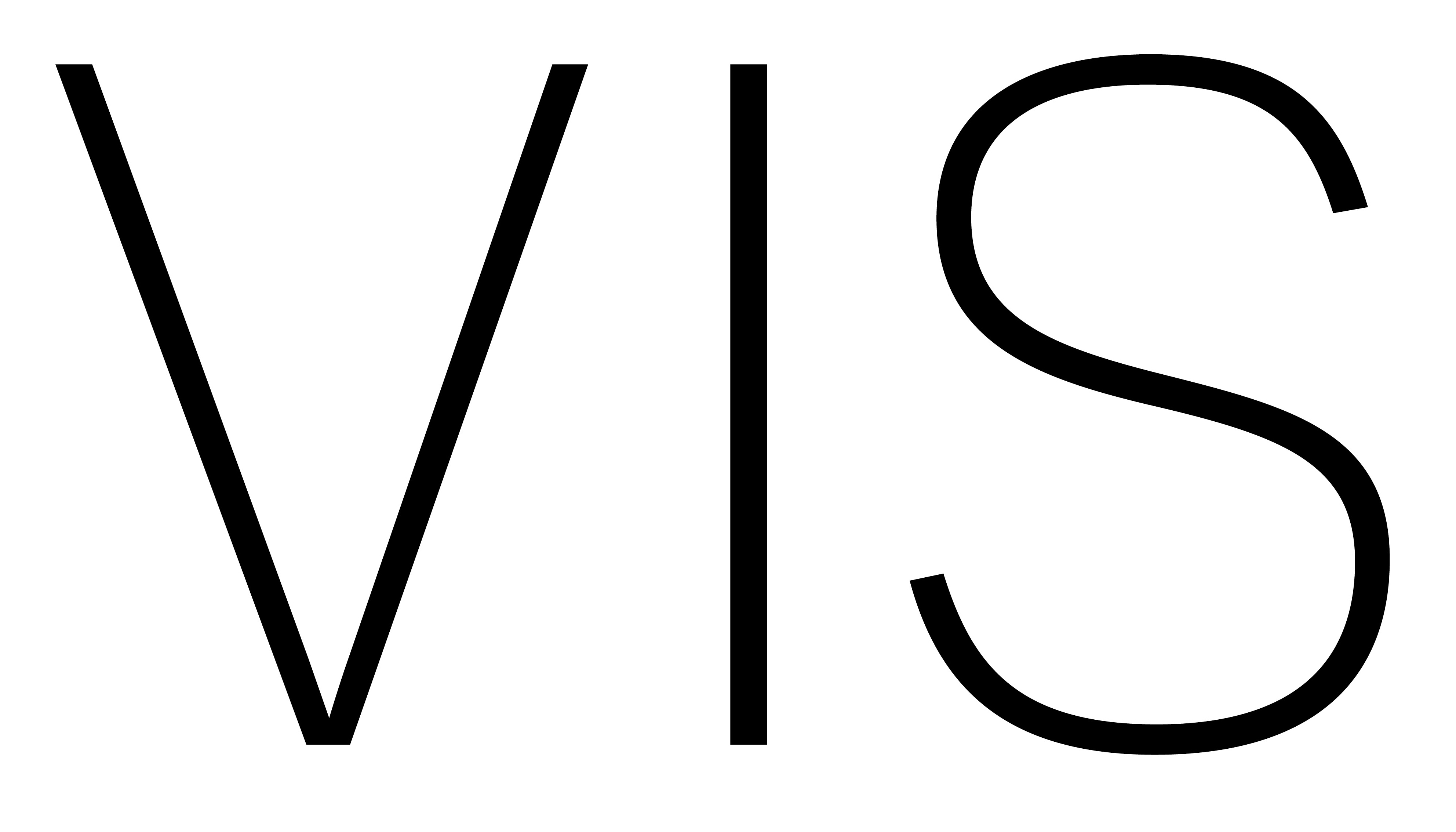The Relational Art Inquiry Tool
Supporting participants and researchers from non-Arts backgrounds to engage in and with a/r/tography
DOI:
https://doi.org/10.26512/vis.v16i2.20755Keywords:
A/r/tography. Arts-based methods. Arts-based methodologyAbstract
This article argues the potential for a / r / tographic inquiry within sport and exercise research contexts, and outlines how a relational art inquiry tool (RAIT) was developed to support non-Arts background participants to enact a / r / tography. Prior to this investigation, a / r / t / ography methodology has been primarily used within social science and arts contexts, with qualitative sport and exercise researchers yet to employ the approach. Due to the embodied ways of knowing and evocative potential integral to a / r / tographic research, this research sought to devise a set of guiding tools that could be used to support researchers and participants from non-Arts backgrounds. This was done as a way of assisting them to see and find ways to visually articulate complexity, uncertainty and potential 'unseens' occurring within storied accounts. Development of the RAIT tool is informed by a diverse range of theory and ideas underpinning a / r / tography methodology (Irwin, 2004), Gallas' elements of inquiry (2011) and Hetland's Studio Habits of Mind (2013). In this paper, we present the results of the RAIT tool and the results obtained in this study. The results of this study are presented in the following section.
Downloads
References
BICKEL, B. Unveiling a sacred aesthetic: A/r/tography as ritual. In SPRINGGAY, S.; IRWIN, R.; LEGGO, C. and Gouzouasis, P. (Eds.). Being with a/r/toraphy. Rotterdam, Netherlands: Sense Publishers, p.81-94, 2008.
BLODGETT, A.; COHOLIC, D.; SCHINKE, R. J.; MCGANNON, K. R.; PELITIER, D. and PHEASANT, C. Moving beyond words: exploring the use of an arts-based method in Aboriginal community sport research. Qualitative Research in Sport, Exercise and
Health. v.5, n. 3, p.312-331, 2013.
BOYDELL, K. M.; GLADSTONE, B.M.; VOLPE, T.; ALLEMANG, B. and STASIULIS, E. The production and dissemination of knowledge: a scoping review of arts-based health research. Forum qualitative sozial forchung/forum: Qualitative social research. v. 13, n.1, p. 267 -280, 2012.
BUSANICH, R.; MCGANNON, K.R and SCHINKE, R. J. Exploring disordered eating and embodiment in male distance runners through visual narrative methods. Qualitative Research in Sport, Exercise and Health. vol. 8, n. 1, p. 95-112, 2016.
CARLESS, D. What’s in a song? How songs contribute to the communication of social science research. British journal of guidance and counselling. vol. 39, n. 5, p.439”“454, 2011.
DELEUZE, G.; GUATTARI, F. Dialogues. London, United Kingdom: Athlone Press. 1987.
DOUGLAS, K. Signals and signs.QualitativeInquiry, vol. 18, 525-532, 2012.
EWING, R.Arts informed-Research: An Introduction. Presentation at the University of Sydney, 25 July, 2013.
GALLAS, K. Inquiry: Doing what comes naturally, Learning Landscapes, vol. 4, n. 2, 33 ”“ 40, 2011.
GRAVESTOCK, H. M. Embodying understanding: drawing as research in sport and exercise. Qualitative research in sport and exercise, vol. 2, n. 2, 196”“208, 2010.
HETLAND, L.Studio thinking 2: The real benefits of visual arts education. New York: Teachers College Press, 2013.
HOUGE-MACKENZIE, S.; KERR, J. Head mounted cameras and stimulated recall in qualitative sport research. Qualitative Research in Sport, Exercise and Health, vol. 4, n. 1, 51-61, 2012.
IRWIN, R. L. A/r/tography: A metonymic métissage. In R. L. Irwin & A. deCosson (Eds.), A/r/tography: Rendering self through arts-based living. Vancouver, British Columbia, Canada: Educational Press, p. 27-38, 2004.
IRWIN R.L; PARDINAS, M.J.A.; BARNEY, D.T.; CHEN, J.C.H.; CHIUNG, J.; DIAS, B.; JESUS, M., GOLPARIAN, S. and MACDONALD. A. A/r/tography Around the World, The Palgrave Handbook of Global Arts Education, Macmillan Publishers Ltd, G
Barton, M Baguley (ed), United Kingdom, p. 475 ”“ 496, 2017.
JAGODZINSKI, J., WALLIN, J. Arts-based research: A critique and a proposal. The Netherlands: Sense Publishers, 2013.
KIND, S.; de COSSON, A., IRWIN, R. L.; GRAUER, K. Artist-teacher partnerships in learning: The in/between spaces of artist-teacher professional development. Canadian Journal of Education, vol. 30, n. 3, p. 839, 2007.
KLUGGE, M.; GRANT, B.; FRIEND, L.; GLICK, L. Seeing is believing: Telling the inside story of a master’s athlete through film. Qualitative Research in Sport, Exercise and Health, vol. 2, n. 2, 289-292, 2010.
LEAVY, P. Method meets art: Arts-based research practice (Second ed). Guilford Publications, 2015.
LEVI-STRAUSS, C. The savage mind. Chicago, IL: University of Chicago Press, 1962.
MACDONALD, A. ‘Painting research practice: how exploration of a “painting as research” metaphor can be used to refine approaches to conducting research’.Proceedings of the 2012 Australian Association for Research in Education Conference (AARE), 2-6 December, University of Sydney, Australia, 1-10, 2012.
MACDONALD A. ‘Three graces of practice: rendering the reciprocal interactions of artistry and teaching’. Proceedings of the 2016 Australian Association for Research in Education (AARE) Conference, 27 November - 1 December, Melbourne, Victoria, Australia, p. 1-13, 2016.
MACDONALD A.; BAGULEY, M.; KERBY, M. ‘Collaboration as metaphoric construct and guiding practice in art-making and teaching: A multimodal rendering’, Studies in Art Education, p. 1-26, (In Press).
MACDONALD A, MOSS, T. ‘Borderlands: traversing spaces between art making and research’, Qualitative Research Journal, vol. 15, n. 4, p. 445-458, 2015.
MCMAHON, J. ‘Exposure and Effect: An investigation into a culture of body pedagogies’, Unpublished Doctoral thesis, University of Tasmania, Australia.
MCMAHON, J.; DINAN-THOMPSON, M. A malleable body ”“ revelations from an Australian elite swimmer. Healthy lifestyles journal, vol. 55, n. 1, 23”“28, 2008.
MCMAHON, J, MACDONALD, A, OWTON, H. A/r/tographic inquiry in sport and exercise research: a pilot study examining methodology versatility, feasibility and participatory opportunities. Qualitative Research in Sport, Exercise and Health, vol. 9, n. 4, p. 403-417, 2017.
MCMAHON J.; MCGANNON K. ‘Re-immersing into Elite Swimming Culture: A Meta-Autoethnography by a Former Elite Swimmer’, Sociology of Sport Journal, vol. 1, n. 34, 2016.
MCMAHON J.; PENNEY, D.; DINAN-THOMPSON M. ‘’Body practices - exposure
and effect of a sporting culture?’ Stories from three Australian swimmers’, Sport Education and Society, vol. 17, n.2, p.181-206, 2012.
MCNIFF, S. Empathy with the shadow: Engaging and transforming difficulties through art. Journal of Humanistic Psychology, vol. 47, p. 392-399, 2007.
MILLS, C., & HOEBER, L. Using photo elicitation to examine artefacts in a sport club. Logistical considerations and strategies throughout the research process. Qualitative Research in Sport, Exercise and Health, vol. 5, p. 1-20, 2013.
OWTON, H., ALLEN-COLLINSON, J. ‘It stays with you’: Multiple evocative representations of dance and future possibilities for studies in sport and physical cultures, Qualitative Research in Sport, Exercise & Health, 2017.
PHOENIX, C. Seeing the world of physical culture: the potential of visual methods for qualitative research in sport and exercise. Qualitative Research in Sport and Exercise, vol. 2, n. 2, p. 93-108, 2010.
SINCLAIR, C.; JEANNERET, N.; O’TOOLE, J. (Eds.). Education in the arts: Teaching and learning in the contemporary curriculum (Second ed), South Melbourne, VIC: Oxford University Press, 2011.
SMITH, B. Disability, sport and men’s narratives of health: a qualitative study. Health Psychology, vol. 32, n. 1, p. 110-119, 2013.
SPRINGGAY, S. Cloth as intercorporeality: Touch, fantasy, and performance and the construction of body knowledge. International Journal of Education and the Arts, vol. 4, n. 5, 2003.
SPRINGGAY, S.; IRWIN, R. L.; & KIND, S. W. A/r/tography as living inquiry through art and text. Qualitative inquiry, vol. 11, n. 6, p. 897-912, 2005.
SULLIVAN, G. Making space: The purpose and place of practice-led research. Practice-led research, research-led practice in the creative arts, p. 41-65, 2009.
TARR, J.; THOMAS, H. Mapping embodiment: Methodologies for representing pain and injury. Qualitative Research, vol. 11, p. 141-157, 2011.
WINNER, E.; HETLAND, L.; VEENEMA, S.; SHERIDAN, K.; PALMER, P.; LOCHER, I. Studio thinking: how visual arts teaching can promote disciplined habits of mind. New directions in aesthetics, creativity, and the arts, p. 189-205, 2006




